Search the Special Collections and Archives Portal
Search Results
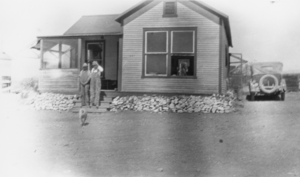
House in Carrara, Nevada: photographic print
Date
Archival Collection
Description
A house in Carrara, Nevada, probably 1920s. Nevada Photograph Collection (PH-00221) -- Series III. Beatty, Nevada -- Subseries III.F. Palsgrove Family
Image
University of Nevada, Las Vegas Mathematical Sciences Department Records
Identifier
Abstract
Records are comprised of the University of Nevada, Las Vegas (UNLV) Mathematical Sciences Department graduate student essays from 2007 to 2010. The essays were compiled for a work called, "A History of the Mathematical Sciences Department." The essays cover multiple topics ranging from classes taught to the percentage of women professors in the department.
Archival Collection
James "Dee" Donithan Collection of Nevada Test Site Photographs
Identifier
Abstract
The James "Dee" Donithan Collection of Nevada Test Site Photographs (approximately 1970-1999) consist of 8x10 photographs depicting flowers, landscapes, wildlife, workers, work sites, and testing equipment at the Nevada Test Site. The photographs were printed by the Lawrence Livermore National Laboratory in Mercury, Nevada, and collected into a binder by James "Dee" Donithan.
Archival Collection
University of Nevada, Las Vegas Alumni Association Records
Identifier
Abstract
The University of Nevada, Las Vegas (UNLV) Alumni Association Records (approximately 1970-2009) primarily contain photographic prints of homecoming, graduation, award ceremonies, luncheons, career days, sports, and other events. Also included in the collection are photographic prints of UNLV merchandise, faculty, staff, students, and alumni, as well as subject files with correspondence, reports, brochures, university anniversary planning documents, promotional materials, meeting minutes, and newspaper clippings. Additional materials include contact sheets, negatives, a floppy disk, VHS tapes, a Betacam tape, and keychains.
Archival Collection
University of Nevada, Las Vegas Office of Decision Support Records
Identifier
Abstract
The University of Nevada, Las Vegas Office of Decision Support Records (approximately 1960-2006) consist primarily of financial documents, correspondence, projections, budgets, and audit reports pertaining to the University of Nevada, Las Vegas (UNLV) Board of Regents, the UNLV Faculty Senate, and the University and Community College System of Nevada (UCCSN). The collection also includes information relating to accreditation, affirmative action, gender equality, and other initiatives at UNLV. This collection contains materials created by the Office of Institutional Planning and Analysis, which later became part of the Office of Decision Support.
Archival Collection
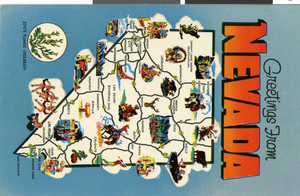
Postcard of illustrated map of Nevada, 1950s
Date
Archival Collection
Description
Image
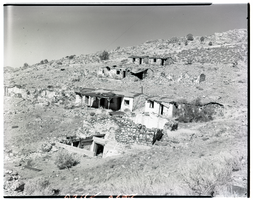
Film transparency of a ghost town, Delamar, Nevada, 1956
Date
Archival Collection
Description
Image
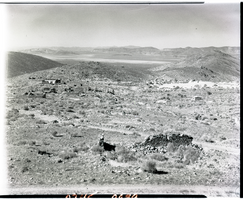
Film transparency of a ghost town, Delamar, Nevada, 1956
Date
Archival Collection
Description
Image
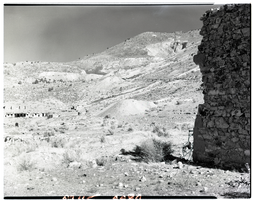
Film transparency of a ghost town, Delamar, Nevada, 1956
Date
Archival Collection
Description
Image
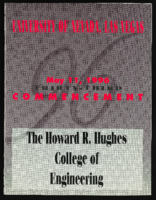
University of Nevada, Las Vegas (UNLV) Howard R. Hughes College of Engineering 33rd commencement program
Date
Archival Collection
Description
Commencement program from University of Nevada, Las Vegas Commencement Programs and Graduation Lists (UA-00115).
Text
